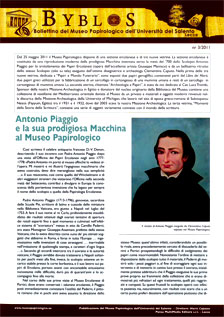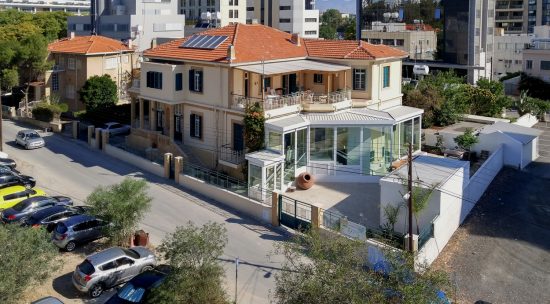[First posted in AWOL 21 November 2011. Updated 8 November 2016]
Aula Orientalis: revista de estudios del Próximo Oriente Antiguo
ISSN: 0212-5730
Aula Orientalis: revista de estudios del Próximo Oriente Antiguo
ISSN: 0212-5730
Published by EDITORIAL AUSA (Sabadell, Barcelona) with scientific advice from Instituto Interuniversitario del Próximo Oriente Antiguo de la Universidad de Barcelona (I.P.O.A.).Freely available except as marked below.
- 1983: vol. 1, 1
- 1983: vol. 1, 2
- 1984: vol. 2, 1
- 1984: vol. 2, 2
- 1985: vol. 3, 1-2
- 1986: vol. 4, 1-2
- 1987: vol. 5, 1
- 1987: vol. 5, 2
- 1988: vol. 6, 1
- 1988: vol. 6, 2
- 1989: vol. 7 , 1
- 1989: vol. 7, 2
- 1990: vol. 8, 1
- 1990: vol. 8, 2
- 1991: vol. 9, 1-2 [Not openly accessible]
- 1992: vol. 10, 1
- 1992: vol. 10, 2
- 1993: vol. 11, 1
- 1993:. vol. 12, 2
- 1994: vol. 13, 1
- 1994: vol. 13, 2
- 1995: vol. 14, 1
- 1995: vol. 14, 2
- 1996: vol. 15, 1
- 1996: vol. 15, 2
- 1997: vol. 16, 1-2
- 1998: vol. 17, 1
- 1998: vol. 17, 2
- 1999-2000: vol. 18, 1-2 [Not openly accessible]
- 2001: vol. 19, 1
- 2001: vol. 19, 2
- 2002: vol. 20, 1-2
- 2003: vol. 21, 1
- 2003: vol. 21, 2
- 2004: vol. 22, 1
- 2004: vol. 22, 2
- 2005: vol. 23, 1-2
- 2006: vol. 24, 1
- 2006: vol. 24, 2
- 2007: vol. 25, 1
- 2007: vol. 25, 2
- 2008: vol. 26, 1
- 2008: vol. 26, 2
See the full List of Open Access Journals in Ancient Studies















